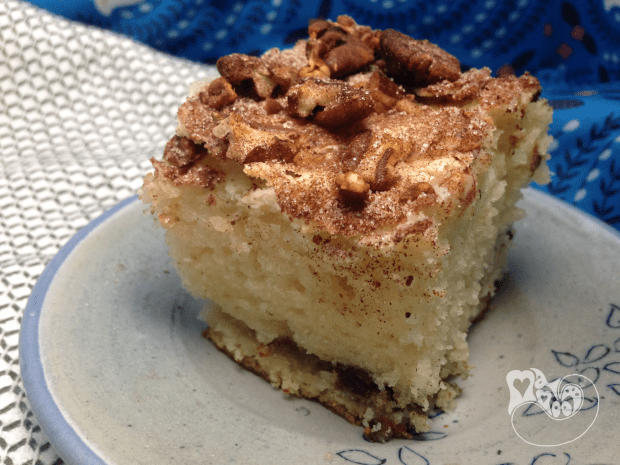If you’ve ever had store-bought sourdough bread, you’re probably used to a very particular flavor: tangy, pungent, in a word… sour. While this kind of San Francisco sourdough is famous for its bite, sourdough bread can taste as mild as a simple loaf of pain au levain. The wide range of flavors comes from the fact that “sourdough” doesn’t refer to a particular style of loaf so much as a way of leavening it. While modern store-bought loaves of bread are made with single species of commercial yeast, S. cerevisiae, sourdough breads rely on a process called lacto-fermentation to create a crisp, flavorful loaf.

To really understand what makes sourdough bread special, let’s take a quick look at the regular stuff: baked goods made with commercial yeast. Called baker’s yeast, brewer’s yeast, instant dry yeast, or active dry yeast, strains of S. cerevisiae are in all kinds of foods. Fermenting everything from wine to doughnuts, commercial yeast is convenient, predictable, and simple to use. Dry yeast can be stored at room temperature for months, making it easy to bake whenever the spirit moves ya. After adding water, the yeast instantly starts to grow and multiply. And because all commercial yeast belongs to the same species, we can take a pretty good guess about how it’s going to act in a dough.

With so many good reasons to use commercial yeast, why go to the trouble of messing with sourdough? It can taken a dozen more hours to rise, requires weekly maintenance, and can sometimes leave you with disappointing results. But when it works – and that is often! – making sourdough satisfies your palate, gut, and ego.
Continue reading →












